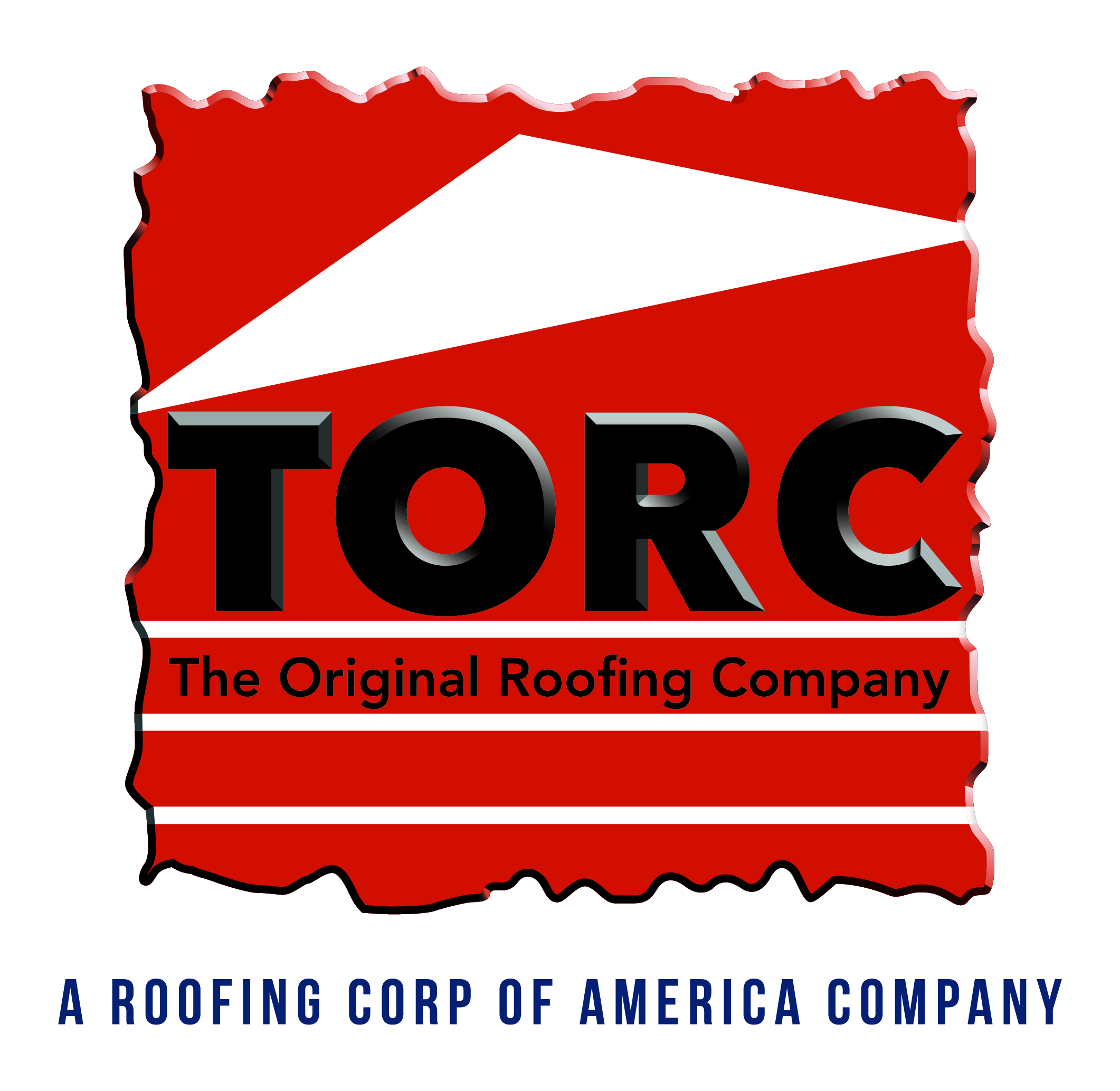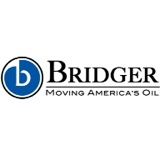Information
-
Document No.
-
Audit Title
-
Client / Site
-
Conducted on
-
Prepared by
-
Location
-
Personnel
-
The warning line shall be erected around all sides of the roof work area.
-
Points of access, materials handling areas, storage areas, and hoisting areas shall be connected to the work area by an access path formed by two warning lines. <br>
-
(i) When mechanical equipment is not being used, the warning line shall be erected not less than 6 feet (1.8 m) from the roof edge. <br>
-
When the path to a point of access is not in use, a rope, wire, chain, or other barricade, equivalent in strength and height to the warning line, shall be placed <br>across the path at the point where the path intersects the warning line erected around the work area, or the path shall be offset such that a person cannot walk directly into the work area.
-
Warning lines shall consist of ropes, wires, or chains, and supporting stanchions
-
The rope, wire, or chain shall be flagged at not more than 6-foot (1.8 m) intervals with high-visibility material;
-
The rope, wire, or chain shall be rigged and supported in such a way that its lowest point (including sag) is no less than 34 inches (.9 m) from the walking/ <br>working surface and its highest point is no more than 39 inches (1.0 m) from the walking/working surface;
-
After being erected, with the rope, wire, or chain attached, stanchions shall be capable of resisting, without tipping over, a force of at least 16 pounds (71 N) <br>applied horizontally against the stanchion, 30 inches (.8 m) above the walking/ working surface, perpendicular to the warning line, and in the direction of the floor, roof, or platform edge;
-
The line shall be attached at each stanchion in such a way that pulling on one section of the line between stanchions will not result in slack being taken up in adjacent sections before the stanchion tips over.
-
No employee shall be allowed in the area between a roof edge and a warning line unless the employee is performing roofing work in that area. <br>
-
The employer shall designate a competent person to monitor the safety of other employees and the employer shall ensure that the safety monitor complies with the following requirements:
-
(a) The safety monitor shall be competent to recognize fall hazards; <br>(b) The safety monitor shall warn the employee when it appears that the employee is unaware of a fall hazard or is acting in an unsafe manner; <br>(c) The safety monitor shall be on the same walking/working surface and within visual sighting distance of the employee being monitored; <br>(d) The safety monitor shall be close enough to communicate orally with the employee; and have no other duties
-
No employee, other than an employee engaged in roofing work shall be allowed in an area where an employee is being protected by a safety monitoring system. <br>












